This article is about one of the most important aspects of the process of conservation and art restoration .
The methods of examination and analysis, which provide us with essential information for a correct intervention.
The analysis methods described and analyzed in the video below are applied to paintings on canvas.
However, they are equally valid for theart restoration of other typologies, namely paintings on wood and sculptures.
Includes a video tutorial.
You can learn more about conservation and restoration of art in the online course Conservation and Restoration of Paintings on canvas.
The importance of analysis in art restoration
In order to choose an intervention methodology for the conservation and art restoration one of the fundamental steps is the analysis of the work itself.
In conservation and restoration, diagnosis is a fundamental step for art restoration .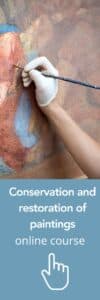
It not only allows us to identify the pathologies and degradation processes of the work but also its constituent materials and original production techniques.
There are various methods of examination and analysis that can be used to obtain a great deal of information.
For example, how to verify the form of execution, elements that are part of the original constitution, elements added later, methods of execution, damage, degradation, among others.
art restoration and conservation | the naked eye analysis
A critical observation of the work is the first step towards a correct diagnosis and the determination of the necessary analysis and diagnostic methods.
This type of analysis helps to determine:
- physical stability,
- the different degradation materials deposited on the surface,
- possible biological attacks,
- general state of conservation.
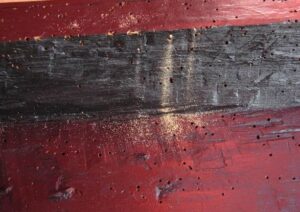
An initial observation reveals the presence of biological attack
art restoration and conservation | physico-chemical methods
After the general analysis, physico-chemical methods based on 2 types of examination are used.
Globals
They essentially use radiation that is visible or invisible to the human eye to determine important aspects for art restoration , for example:
- Elements constituting the work,
- Methods of assembly,
- Use of metallic elements,
- Application of polychromies.
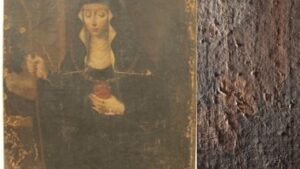
Shallow light analysis allows identification of pathologies
Specifics
They further investigate the area of the constituent materials of the work by taking micro samples which are prepared and analyzed in the laboratory.
We can determine, for example:
- Type of binders used,
- Number of preparation layers used in the execution of the work.
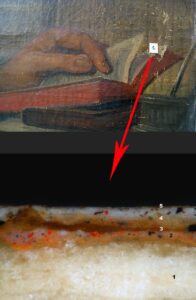
Example of stratigraphic section
You can find out what these analysis methods are in the following video
Conservation and restoration of paintings on canvas
Online Course
The online course in conservation and restoration of paintings systematizes the methods and procedures of intervention, exemplified with case studies. An active method is used, illustrated with images and video tutorials of the various stages of intervention.
Learning objectives
You will learn the processes of alteration and systematize the methods and techniques of intervention in conservation and restoration of paintings on canvas .
An active method is used, illustrated with images and video tutorials of the different phases of intervention.
At the end of this online course on conservation and restoration of paintings you will be able to recognize the main pathologies and their causes.
You will learn about internationally accepted ethical and deontological principles.
You will learn, through the analysis of real interventions carried out by conservation and restoration technicians, the methods, techniques and materials of intervention applicable in different situations.



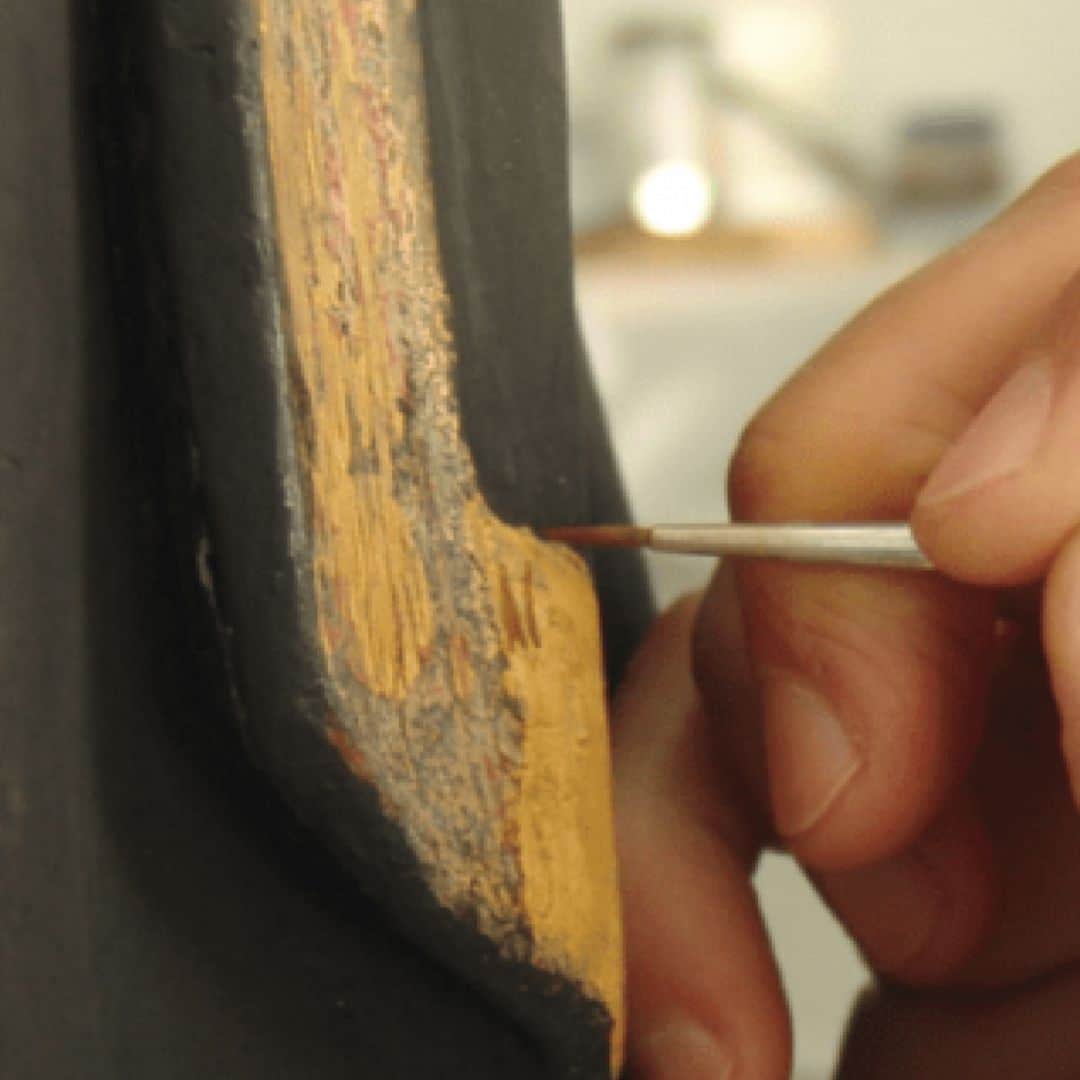
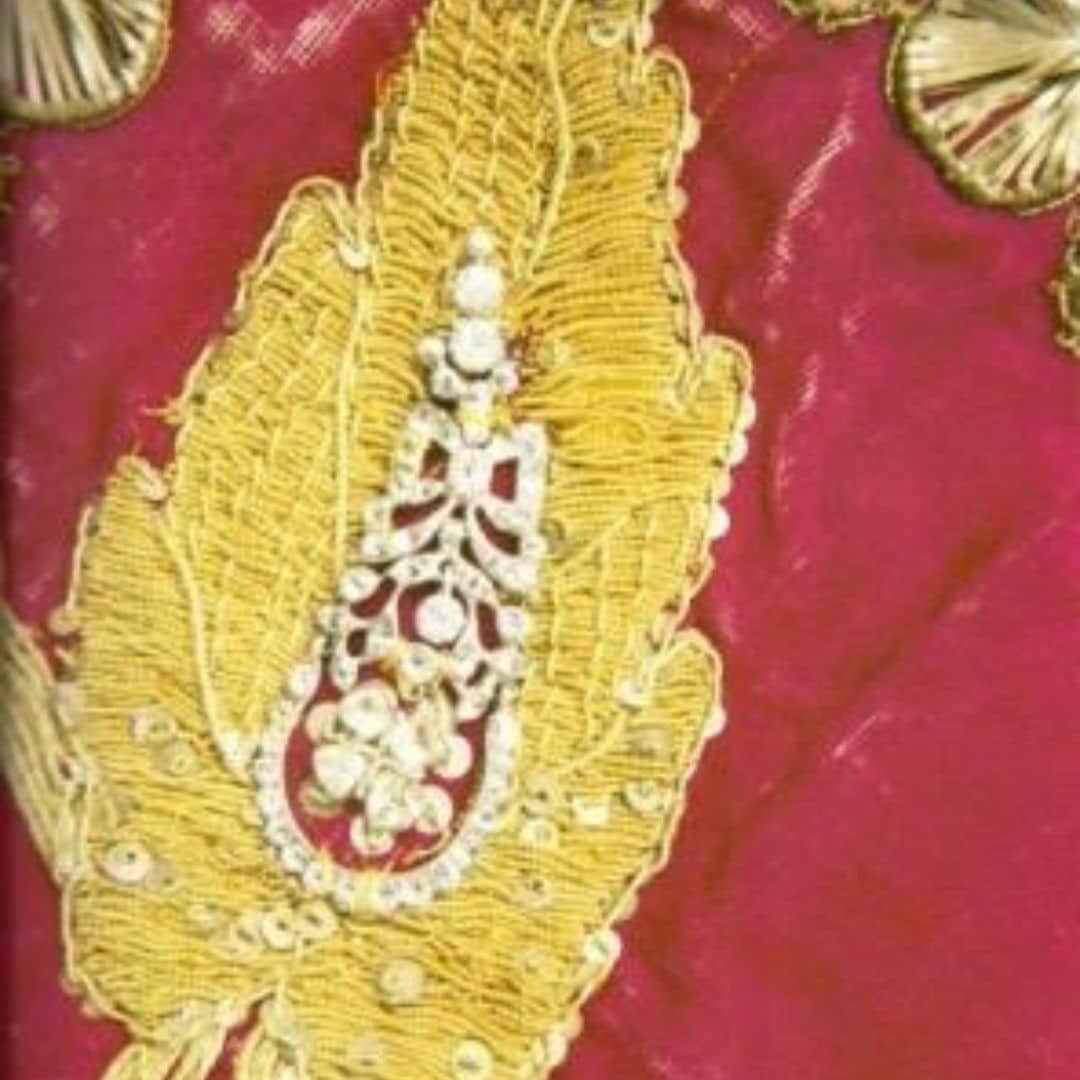
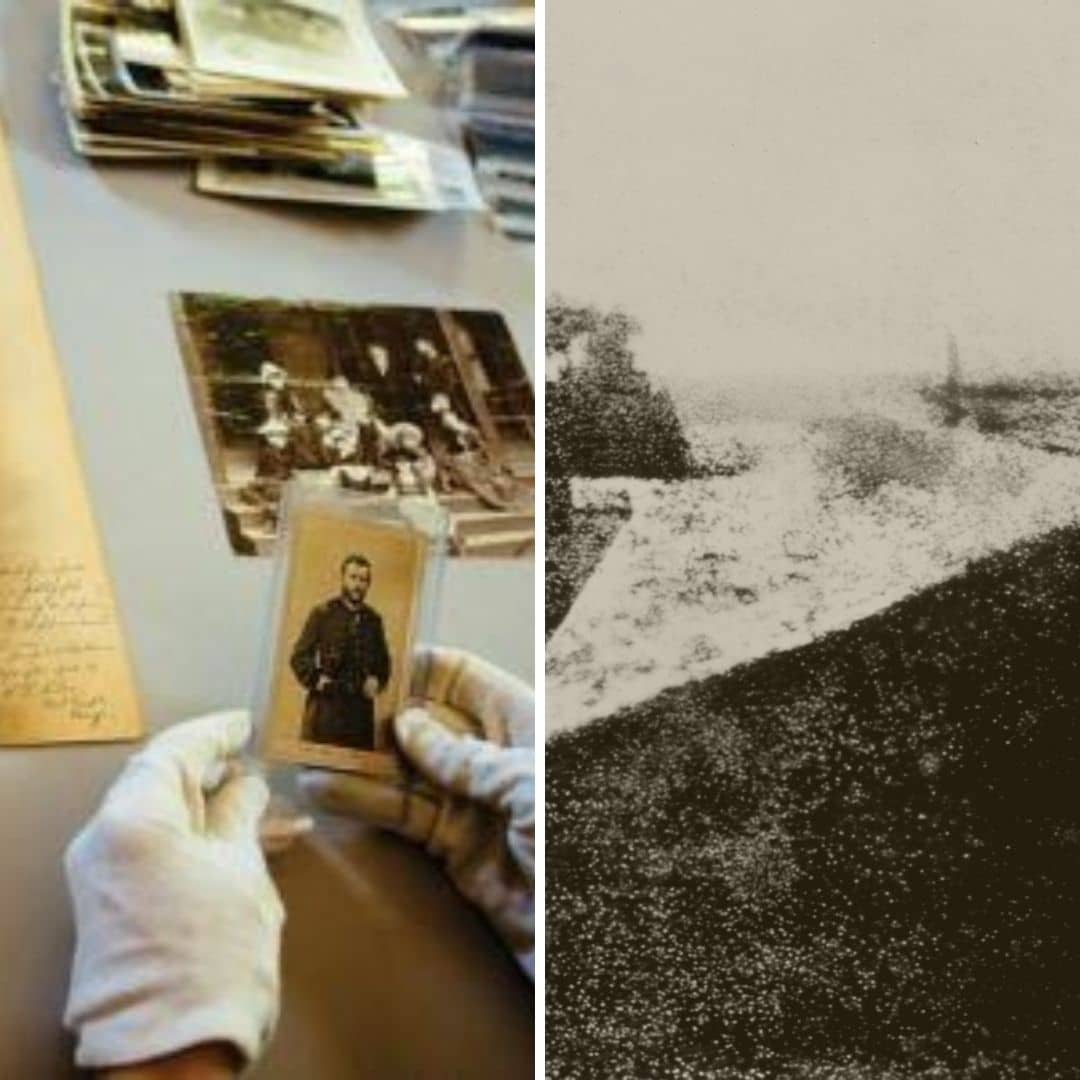
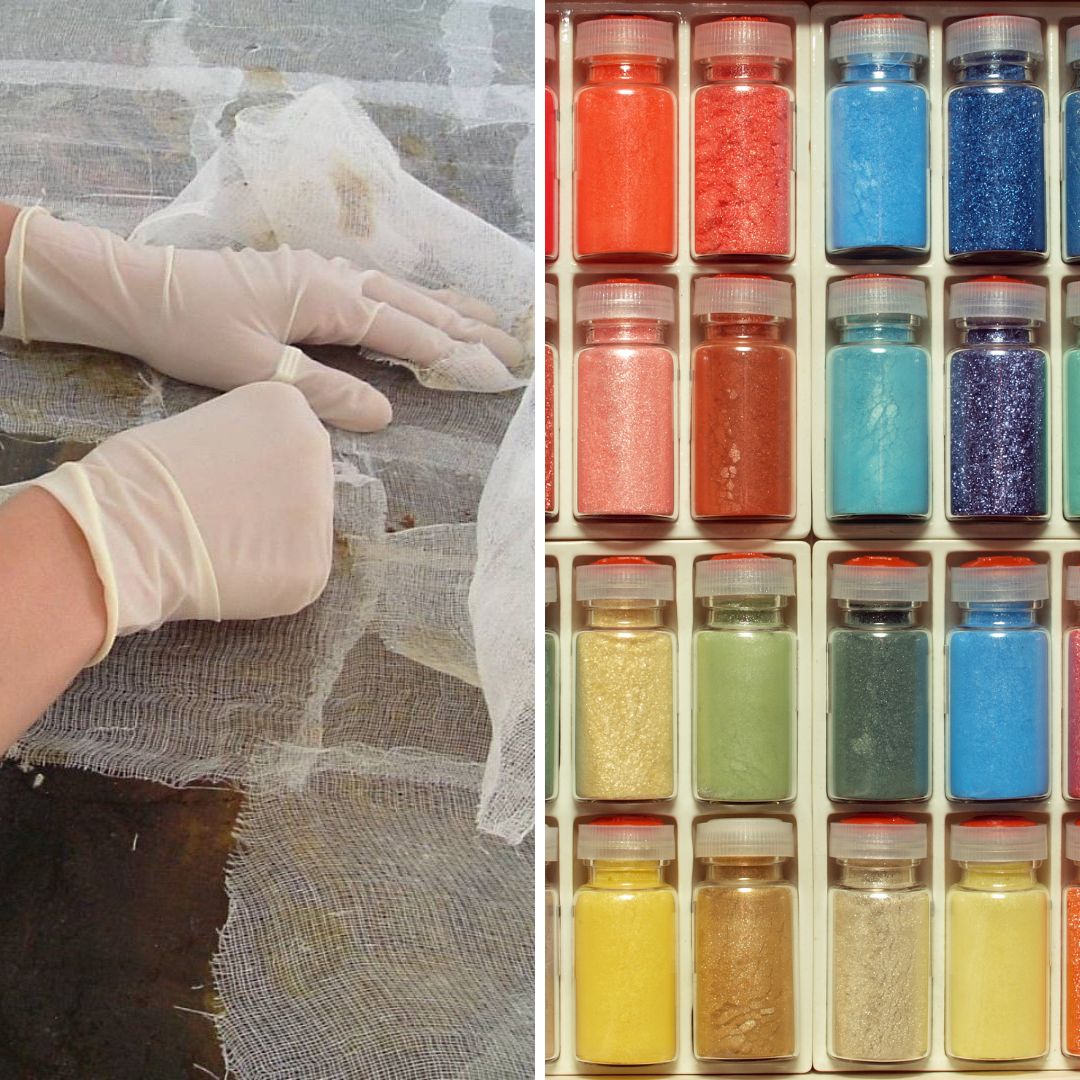
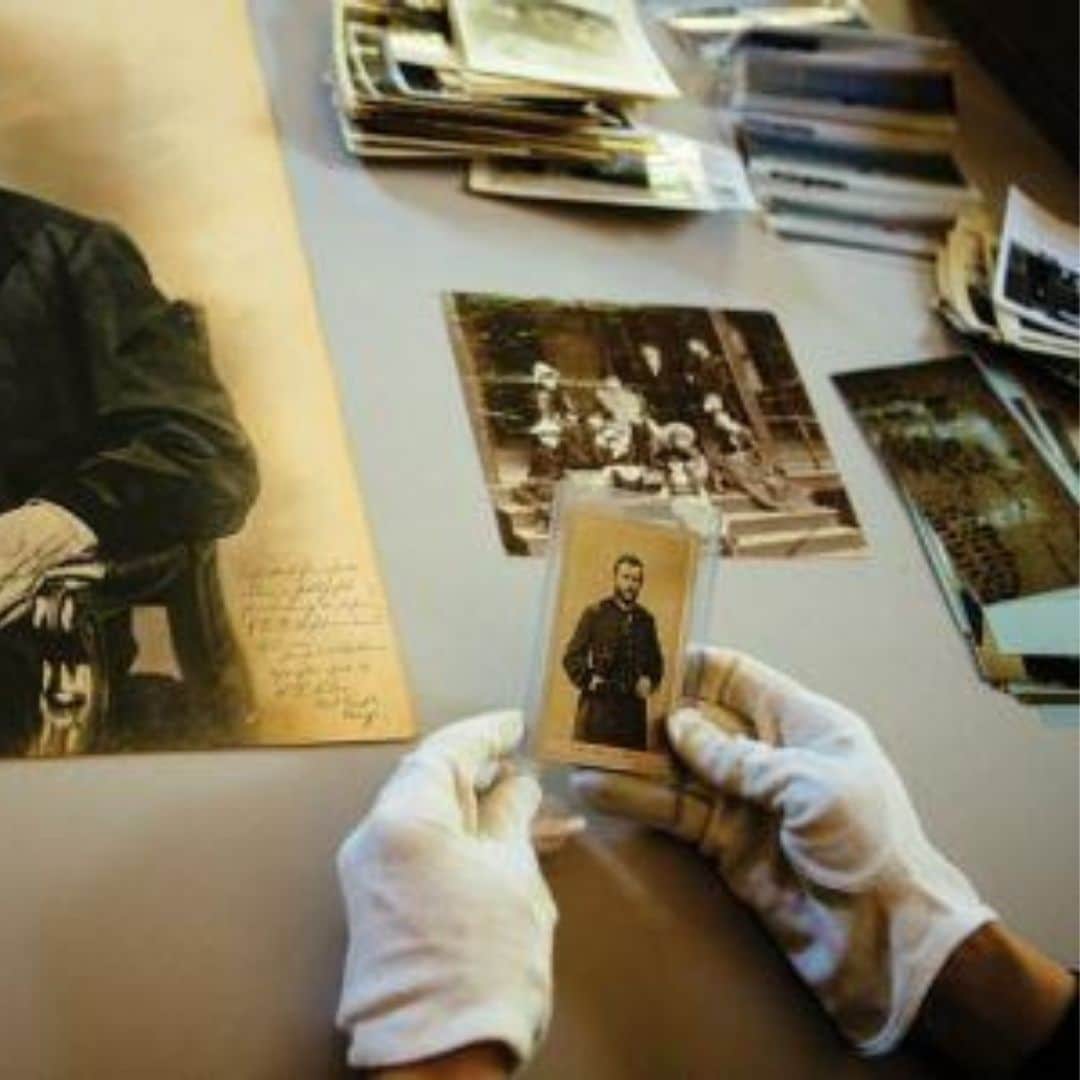
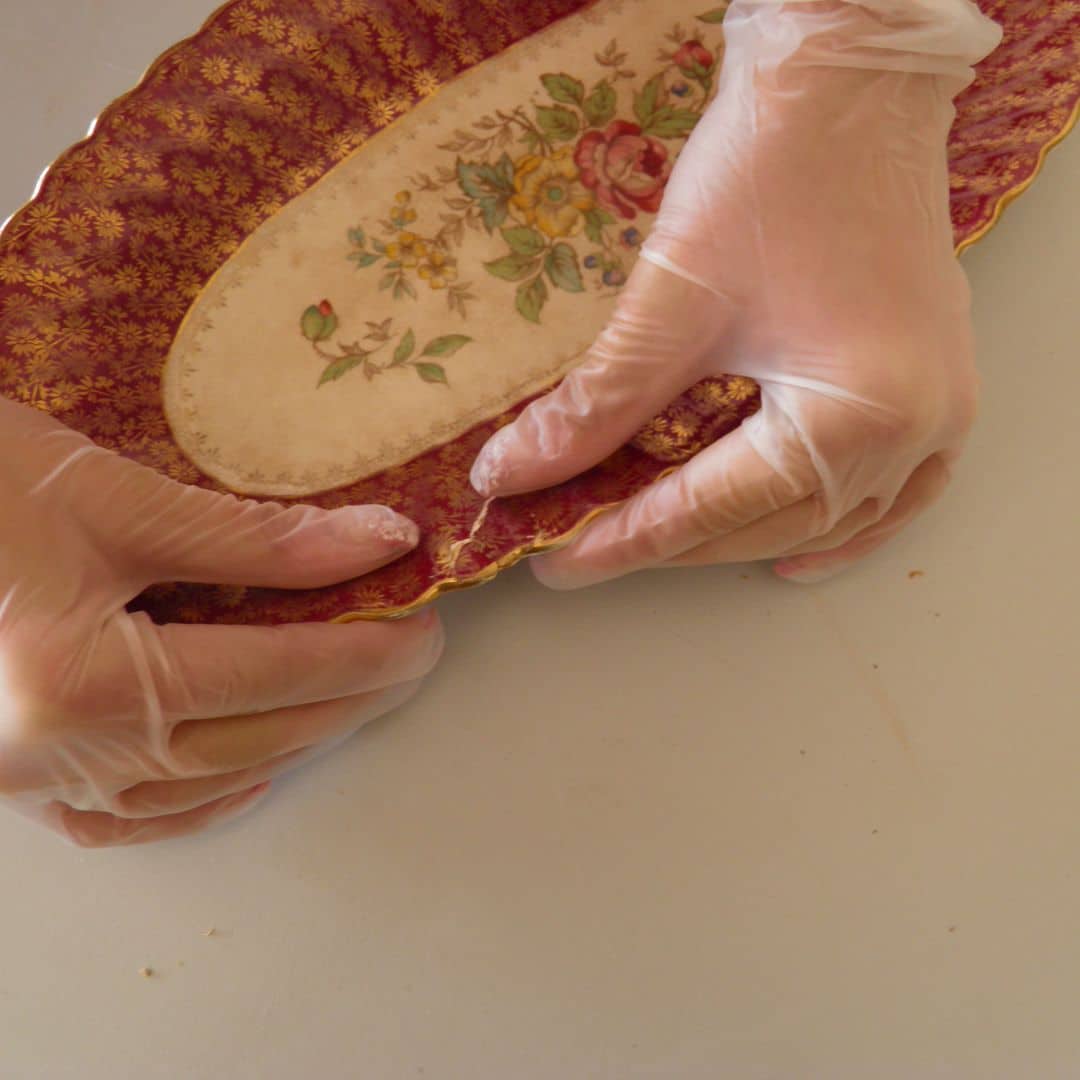


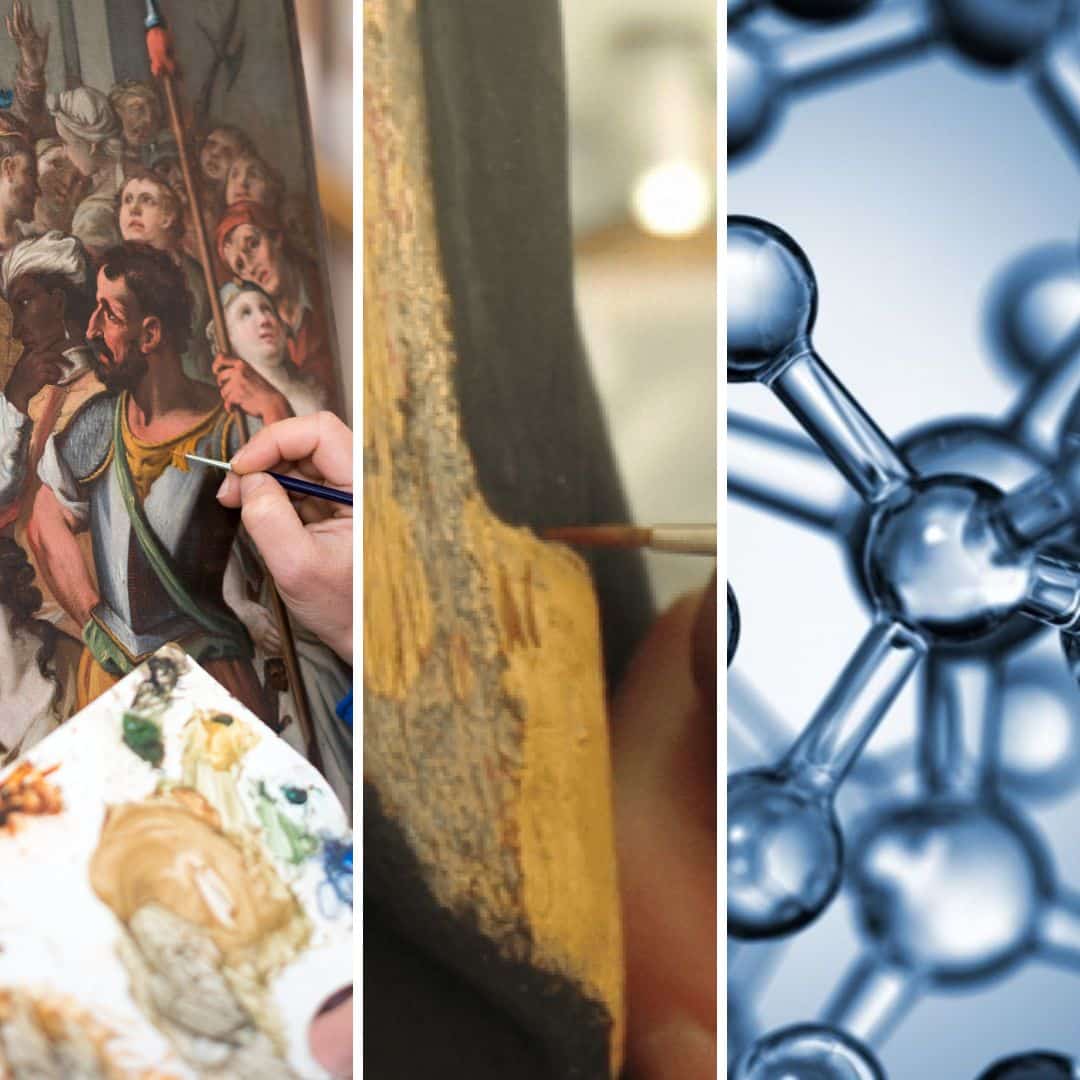
1 Comment.
Thank you for sharing superb informations. Your web-site is very cool. I am impressed by the details that you’ve on this web site. It reveals how nicely you perceive this subject. Bookmarked this web page, will come back for extra articles. You, my pal, ROCK! I found simply the info I already searched all over the place and simply could not come across. What an ideal web site.